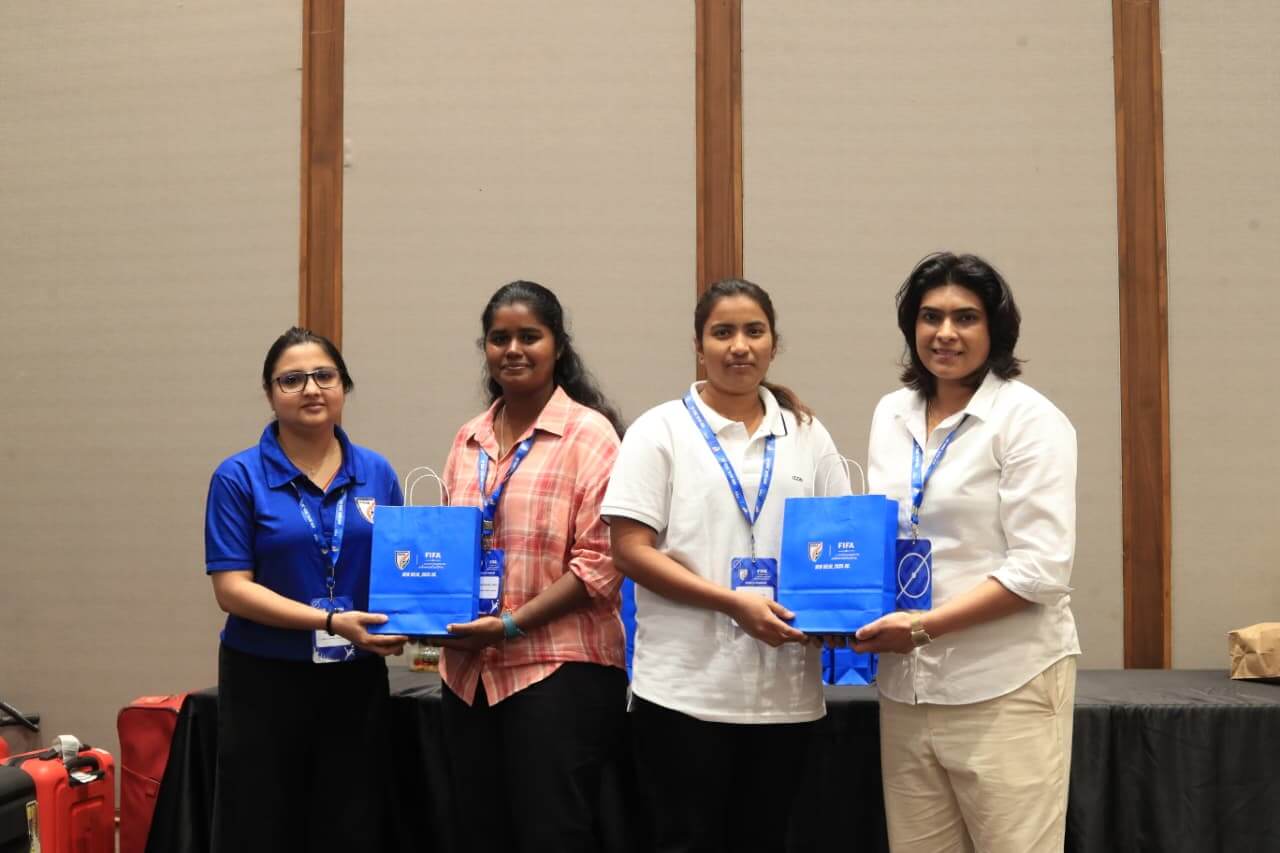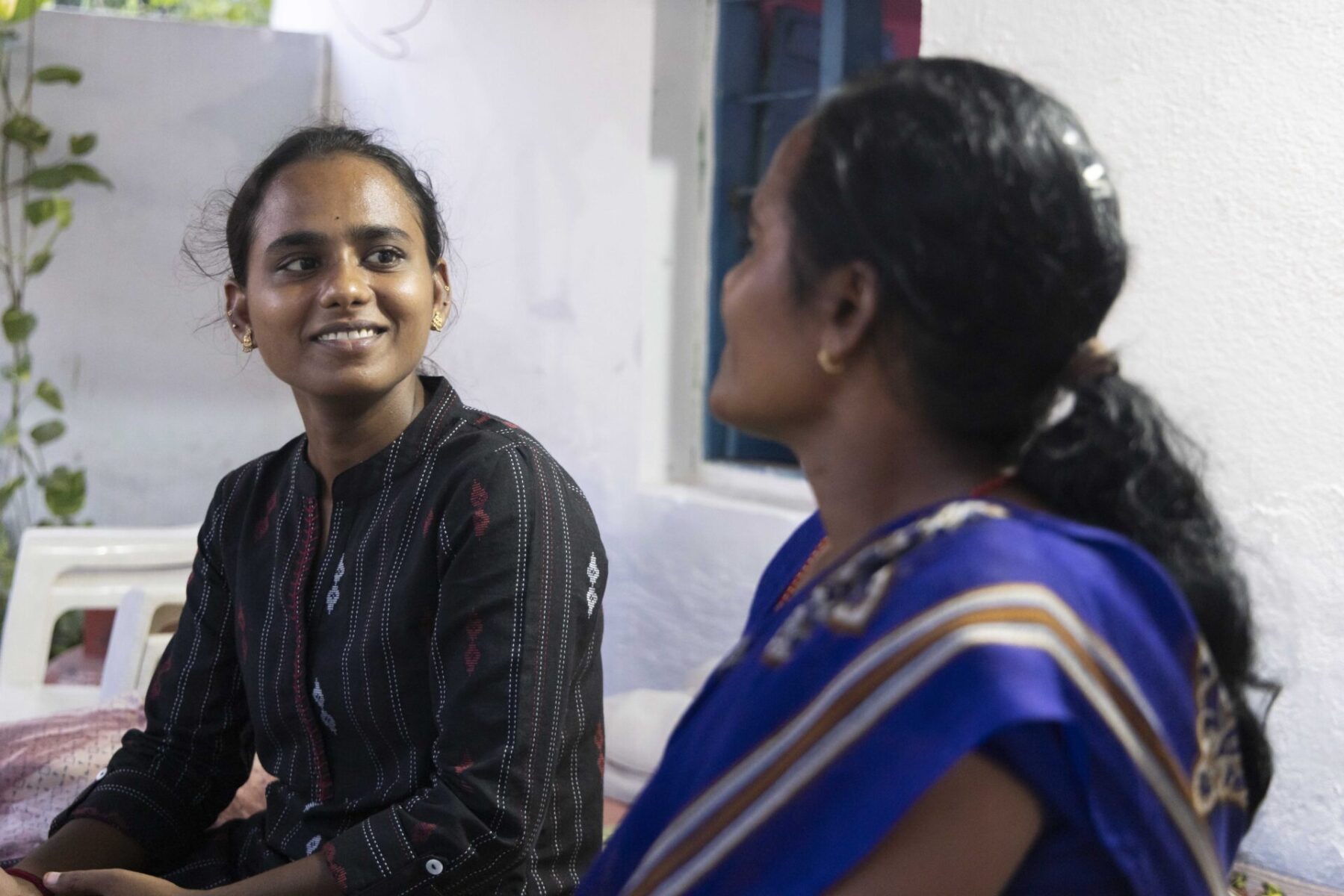OBJECTIVES: This study investigated trends and factors associated with antimicrobial resistance (AMR) in Acinetobacter spp. in Europe.
METHODS: Using data from EARS-Net, population-weighted multilevel logistic regression models with random intercepts for each participating country were performed to assess trends in Acinetobacter AMR. Countries were divided into two groups (Northern versus Southern-Eastern) using a convenient US$35000 cut-off of the 2016 gross domestic product per capita (GDPPC).
RESULTS: In most countries, there were no ascending or descending trends over time. The models showed a consistent higher prevalence of AMR to aminoglycosides, carbapenems and fluoroquinolones in countries with GDPPC <US$35000. The estimated 2016 proportion of Acinetobacter resistance was 6.4% (95% CI 3.2-9.6%) and 66.5% (95% CI 56.3-76.8%) to aminoglycosides, 5.9% (95% CI 3.5-8.3%) and 68.5% (95% CI 58.1-79%) to carbapenems, 9.1% (95% CI 5.8-12.5%) and 74.7% (95% CI 66.2-83.2%) to fluoroquinolones, and 3.5% (95% CI 1.6-5.4%) and 57.4% (95% CI 43.1-71.7%) to all three antibiotic groups in countries with GDPPC >US$35000 and <US$35000, respectively. In a multivariable model, country-level factors associated with a lower risk of Acinetobacter carbapenem resistance were greater GDPPC [adjusted odds ratio (aOR)=0.18 per log-US$, 95% CI 0.09-0.34] and distance from the equator (aOR=0.93 per degree of latitude, 95% CI 0.88-0.98). CONCLUSIONS: No rising trends of AMR in Acinetobacter spp. in Europe were observed. Northern countries, with colder climate and greater GDPPC, have a lower proportion of Acinetobacter AMR than Southern and Eastern countries.






